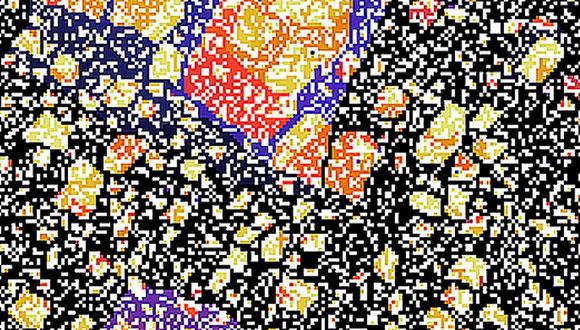BioSoft-Life Sciences seminar: Interplay between integrin-mediated adhesions, myosin-II-driven contractility, and microtubules in cell morphogenesis
Alexander Bershadsky, Mechanobiology Institute (MBI), NUS, Singapore
Absstract:
Integrin-based adhesions – focal adhesions, fibrillar adhesions and podosomes – mediate interactions of cells with the extracellular matrix, being critical for the processes of mechano-transduction/mechano-sensing, formation of matrix fibrils, and proteolytic matrix degradation, respectively. Besides the association with the actin cytoskeleton, integrin adhesions continuously interact with dynamic microtubules through the molecular complexes containing KANK family proteins. Breaking these interactions results in release of microtubule-associated Rho activator, GEF-H1, from microtubules, which triggers activation of Rho-ROCK signalling cascade and the assembly of myosin IIA filaments. The myosin IIA filament-driven contractility, in turn, remodels the integrin-mediated adhesions, promoting disassembly of the podosomes and fibrillar adhesions, but assembly and growth of the focal adhesions. At the same time, optogenetic KANK activation targeting the microtubules to the locally illuminated focal adhesions results in focal adhesion sliding and disassembly. Remarkably, GEF-H1-dependent Rho activation is required not only for the focal adhesion growth upon uncoupling from microtubules, but also for the focal adhesion disassembly induced by the forced microtubule targeting. Microtubule and KANK-dependent differential regulation of integrin-mediated adhesions plays an important role in the sprouting angiogenesis by endothelial cells. Thus, microtubules function as sensory devices triggering specific signalling cascades upon contacting with or detaching from the integrin adhesions.


